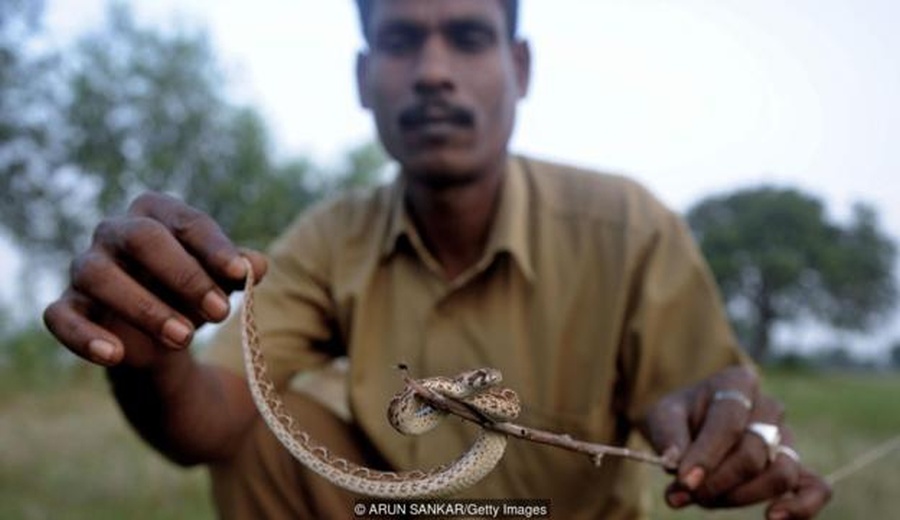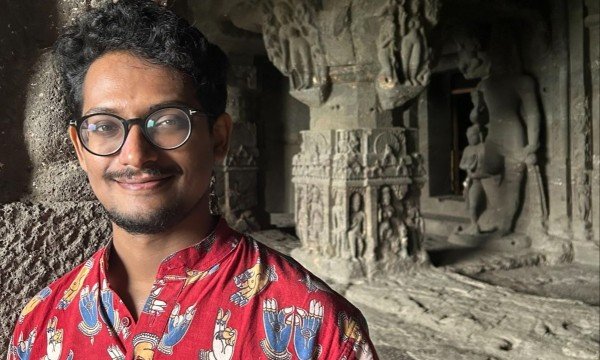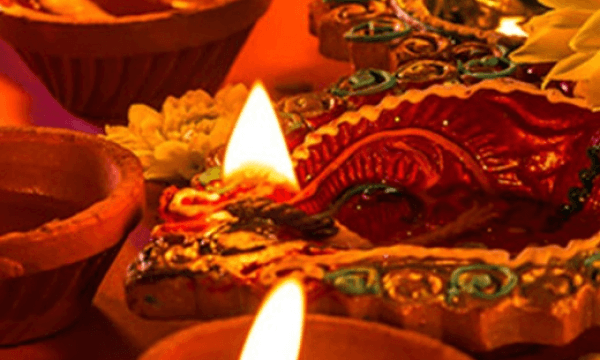
A few years ago, when I travelled through the dry, thorny scrublands of South India, someone had pointed at the raised hood of this snake by the roadside. At the time, though, I was inside an air-conditioned car on a perfectly paved highway that stretched like a gash on the countryside. The speed of the car and my urban eyesight had shielded me from its power.
Now, I was standing less than 3m away from a cobra, with only a short brick wall separating us. I couldn’t take my eyes off the hissing, striking, fully grown king of snakes.
“We are trimming trees outside,” said Rajendran, calmly handling the cobra, one of India’s most venomous snakes, wearing only a loose cotton shirt and a faded lungi (sarong). He guided the cobra towards a clay pot using a long metal rod with a smooth hook at the end. “The vibrations of that work are making the snake nervous.”
I was in Vadanemmeli, a small coastal village on the outskirts of Chennai, to meet Rajendran. On that blindingly hot day, the sun was turning the waters of the Bay of Bengal into sparkling bands of silver as he spoke about his work with snakes.
Rajendran belongs to the Irula tribe, one of India’s oldest indigenous communities, who live along the north-eastern coast of the state of Tamil Nadu. They are known for their ancient and intimate knowledge of snakes, and their skills form an important but nearly invisible part of the healthcare system in India.
“Many people are scared of snakes,” Rajendran said, standing next to a large sign of the non-venomous snakes of the region. “But we must remember that the snake is only interested in survival. If we move in agitation, the snake perceives a threat and can strike. If we stand still, however, it will often slither away.”
We were at the offices of the Irula Snake Catchers Industrial Co-Operative Society, which was formed in 1978 in Vadanemmeli to capture snakes and extract their venom. Nearly 50,000 people die of snakebites each year in the country, and the only reliable treatment is the prompt administration of antivenom. Six companies across India produce around 1.5 million vials of antivenom annually, and most of it is derived from the venom extracted by the Irulas.
*Read the rest of the original story published on BBC.com.*

























